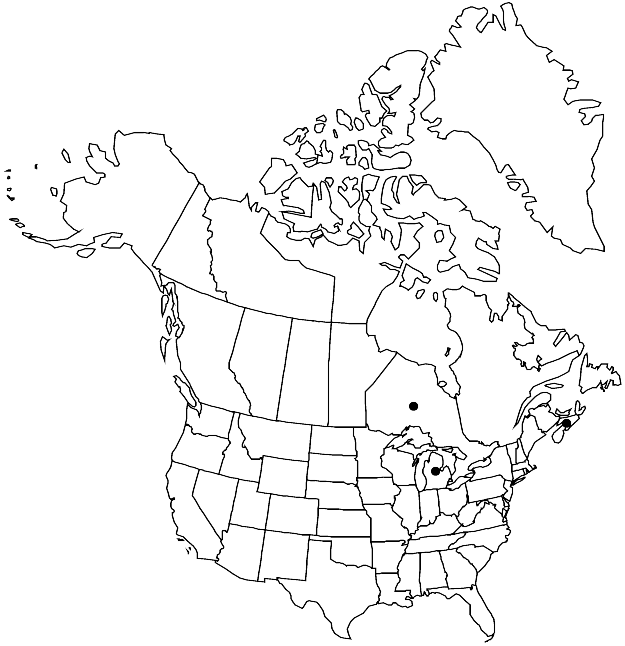Difference between revisions of "Iberis amara"
Sp. Pl. 2: 649. 1753.
FNA>Volume Importer |
imported>Volume Importer |
||
| (6 intermediate revisions by 2 users not shown) | |||
| Line 8: | Line 8: | ||
}} | }} | ||
|common_names=Rocket candytuft | |common_names=Rocket candytuft | ||
| + | |special_status={{Treatment/ID/Special_status | ||
| + | |code=I | ||
| + | |label=Introduced | ||
| + | }} | ||
|basionyms= | |basionyms= | ||
|synonyms= | |synonyms= | ||
| Line 23: | Line 27: | ||
|habitat=Escape from cultivation, waste places, old fields, lawns | |habitat=Escape from cultivation, waste places, old fields, lawns | ||
|distribution=N.S.;Ont.;Mich.;w Europe;introduced also in South America. | |distribution=N.S.;Ont.;Mich.;w Europe;introduced also in South America. | ||
| + | |introduced=true | ||
|tables= | |tables= | ||
|references= | |references= | ||
| Line 31: | Line 36: | ||
-->{{#Taxon: | -->{{#Taxon: | ||
name=Iberis amara | name=Iberis amara | ||
| − | |||
|authority=Linnaeus | |authority=Linnaeus | ||
|rank=species | |rank=species | ||
| Line 45: | Line 49: | ||
|publication title=Sp. Pl. | |publication title=Sp. Pl. | ||
|publication year=1753 | |publication year=1753 | ||
| − | |special status= | + | |special status=Introduced |
| − | |source xml=https:// | + | |source xml=https://bitbucket.org/aafc-mbb/fna-data-curation/src/2e0870ddd59836b60bcf96646a41e87ea5a5943a/coarse_grained_fna_xml/V7/V7_907.xml |
|tribe=Brassicaceae tribe Iberideae | |tribe=Brassicaceae tribe Iberideae | ||
|genus=Iberis | |genus=Iberis | ||
Latest revision as of 23:36, 5 November 2020
Annuals; glabrous or pubescent distal to base. Stems erect, branched distally, 1–4 dm. Basal leaves absent. Cauline leaves petiolate or (distal) sessile; blade spatulate or oblanceolate to oblong, 2–6 cm × 5–15 mm, margins pinnatifid or dentate, or (distalmost) entire or dentate. Racemes considerably elongated in fruit. Fruiting pedicels spreading to slightly descending, 3–10 mm. Flowers: sepals oblong, 1.5–3 mm; petals white or pink to purple, abaxial pair 5–8 × 2–5 mm, adaxial pair 2–5 × 1.5–3 mm. Fruits suborbicular to broadly ovate, 4–6(–7) × 3–6 mm, apically notched; valves extending into acute to obtuse wing; style 0.8–2 mm, exserted or included in apical notch. Seeds narrowly winged, 2–3 mm. 2n = 14.
Phenology: Flowering Jun–Aug.
Habitat: Escape from cultivation, waste places, old fields, lawns
Distribution

Introduced; N.S., Ont., Mich., w Europe, introduced also in South America.
Discussion
Selected References
None.